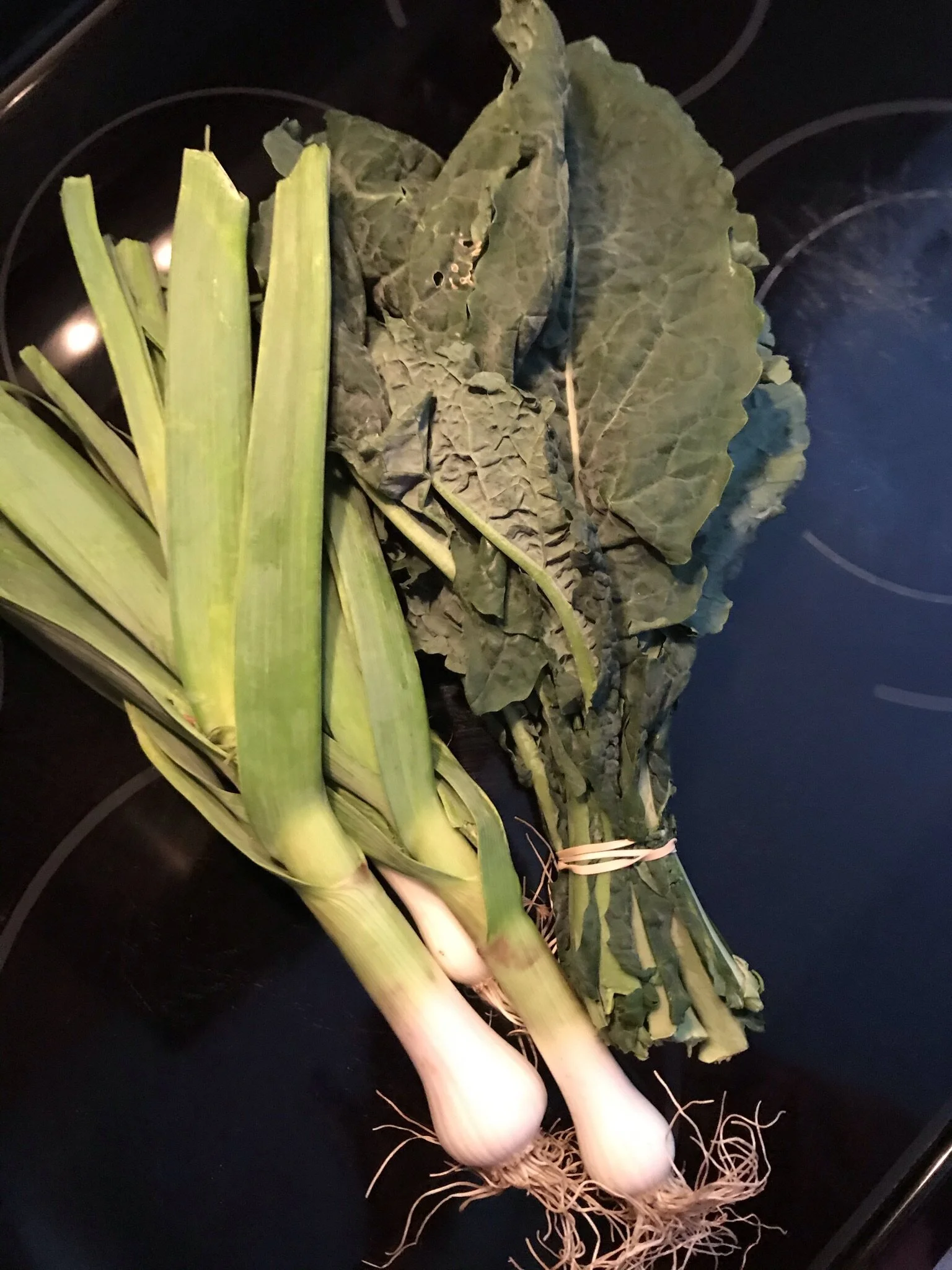Getting Back to our Roots
Fresh-picked flavors are just part of the reason to eat local.
In a state where agricultural roots run deep, it's no surprise that Charleston, South Carolina, has been at the forefront of the eat local movement. Fish, game and a plethora of crops—think Carolina Gold Rice—have enriched Charleston tables since colonial times. Here, a balmy, semitropical climate combines with pristine waterways, guaranteeing a year round selection of locally-sourced foods—a boon to farmers, fishers and the rest of us, too.
Frank Lee, renowned executive chef formerly of Slightly North of Broad (S.N.O.B.), recalls early days in his Columbia, S.C. hometown, haggling good-naturedly with farmers over the price of vegetables. It was the early '70's, and he and some high school friends had opened 221 Pickens Street, a “hippie vegetarian restaurant and natural foods co-op.” It was farm to table in its earliest iteration.
He says those simple ways faded around 1980, when farmers started retiring and farmland was targeted for development. Fortunately, the farming business revived slowly over the next couple of decades, thanks in part to efforts by Lee and a “small cadre of local chefs” in Charleston who began advocating for their own local market.
By 1993, Lee had partnered with Maverick Southern Kitchens to open S.N.O.B., where he spent more than two decades designing dishes that incorporated local ingredients and building relationships with local farmers.
“We would sit down and talk about what they can plant for me, and how to improve the quality of the product,” recalls Lee.
Around the same time, the resurrection of heirloom seeds, and particularly Antebellum-era foods, was gaining ground in the region.
“Glenn Roberts was just getting started with Anson Mills,” notes Lee, referring to the founder of the famed Columbia-based company that produces artisan mill goods from organic heirloom grains.
“Now he and David Shields have brought back all sorts of products you couldn't get before,” explains Lee, “and great talents like Sean Brock have added to that effort over the years.”
Demand for locally purveyed products has also been driven by a variety of community and state organizations. The South Carolina Department of Agriculture established the Certified Roadside Market Program in 1972, and more recently followed up with its Certified South Carolina Grown and Fresh on the Menu programs to increase awareness and help the public find farm-fresh products in stores and restaurants.
Lowcountry Local First (LLF), a non-profit with a mission to promote a strong local business-based economy, created a farming initiative which supports existing farmers and educates consumers. In 2010, LLF launched a Growing New Farmers Program to meet the need for more Lowcountry farmers
“In the early years the program was only apprenticeship-based,” says program manager Brian Wheat. “Now there's a mix of different components, curriculum-based work—we've grown exponentially in terms of rigor and content.”
Wheat explains that the program has “taken to the next level what we offer in training” using expanded partnerships with industry-related mentors such as Middleton Place and the Medical University of South Carolina (MUSC) Urban Farm.
“We're excited to be working with MUSC,” notes Wheat. “This is a functioning farm, right in downtown Charleston—a model for food production outside of the traditional farm.”
National Historic Landmark Middleton Place provides program students with hands-on experience in an organic garden that produces all the vegetables used by the antebellum plantation's restaurant. Teaching by example is garden manager Josh Adams, himself a recent graduate of Growing New Farmers.
“My goal is to put students out in the world so they understand the industry standards and criteria,” explains Wheat. “It means so much for them to be able to walk in the the kitchen's back door and talk to the chef.”
Helping that conversation along is the Culinary Institute of Charleston, where the curriculum includes a farm to plate course for future chefs.
“The collaborative relationship between chefs and producers had been trending for a while,” says culinary arts department head Michael Carmel. who left a vice president post at Le Cordon Bleu College of Culinary Arts in Orlando to join the institute. “I designed the class seven years ago to help energize the school.”
The course provides both lecture and kitchen production components in which students create upscale dishes such as farro with pickled local shrimp and reezy peezy using locally sourced ingredients. The course also takes students outside the classroom for hands-on farm experience.
“We go out to St. Jude Farms where they can see fishing operations and oyster beds,” explains Carmel. We go to Keegan-Filion Farm, which specializes in humanely, pasture-raised animals, help plant vegetables at the MUSC urban garden—students are able to see the whole cycle of farm to plate.”
Local flavors are preserving the Lowcountry we love. A team effort has made Charleston an epicenter for chefs, farmers—all of us!
Published in Shrimp, Collards & Grits




